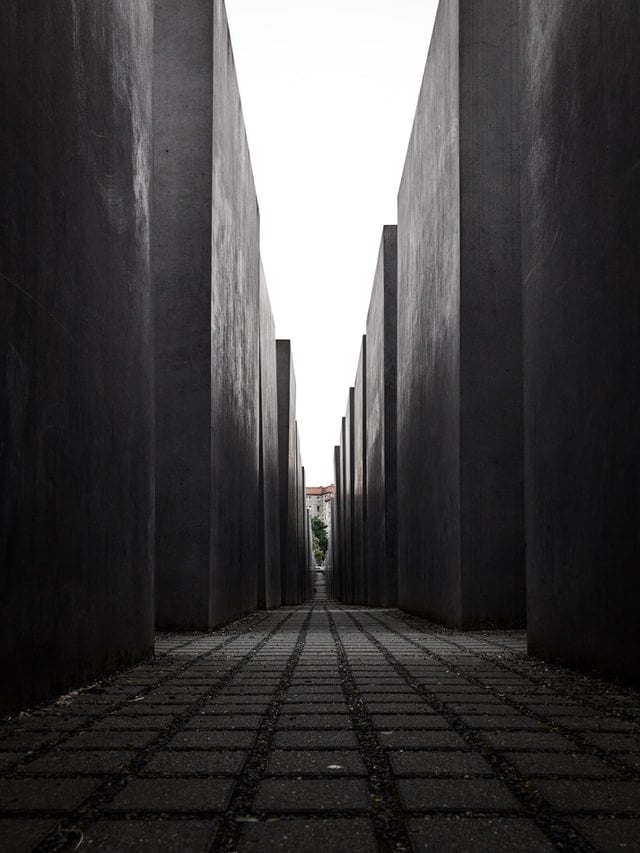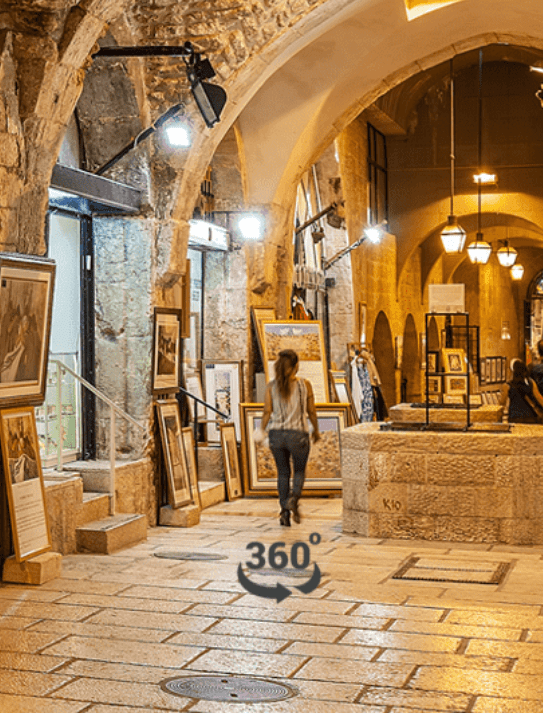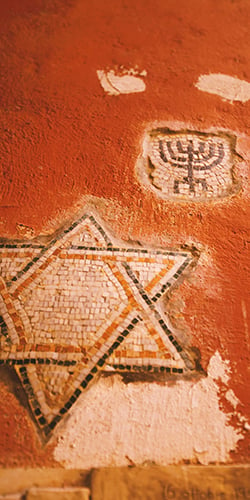Kuhmistr
When the owners of “Kukhmistra” decided to open a restaurant of Belarusian national cuisine in Minsk, there were very few establishments of this type in the city. It was immediately decided to adhere to maximum authenticity and historicity, both in cooking and in the story about them, for which a well-known historian of Belarusian cuisine Ales Bely was invited as a consultant. The desire for maximum historical authenticity, for following the canons of authentic Belarusian cuisine, cooperation remains with us to this day.
In the 1970s - 80s. in our premises there was a "Komsomol" buffet and a photo laboratory of the youth magazine "Maladost", with which a whole galaxy of Belarusian writers and artists of the era of "stagnation" was associated. Vladimir Korotkevich, Vasil Bykov, Yanka Bryl, composer Igor Luchenok, cosmonaut Vladimir Kovalyonok were guests of the editorial office then more than once. However, since the opening of the restaurant, the VIP list has accumulated no less impressive. Perhaps hundreds of Belarusian and Russian pop stars, well-known public figures, entrepreneurs, and cultural figures have managed to visit us.
Kuhmistr - (in German - "master, or master of the kitchen") - means about the same as what is called "chef" today. So in the Commonwealth, including the Grand Duchy of Lithuania, they called the cooks who commanded the royal, princely and magnate kitchens, who were invited first from Italy, France and Germany, but were gradually replaced by capable local students. By the way, since the summer of 2018, in the lobby of the restaurant, guests have been greeted by a life-size figure of the real Kukhmistr - the visible embodiment of our identity. Dressed in the fashion of the turn of the 18th-19th centuries, a collective image of all the glorious chefs of our history, but most of all, he took from the famous Pavel Tremo, the cook of the last king of the Commonwealth, Stanislav Poniatovsky, looks almost like a living person and is very much loved with him “in an embrace”. take pictures of our guests.
Our interior saturated with many mysterious or simply funny trinkets, hints at the atmosphere of a bourgeois Minsk apartment, when the idea of the Belarusian nation and statehood was born, but traditional culture, both folk and gentry, was still alive - which the 20th century prepared for difficult trials. And at the beginning of 2019, we began to equip a small memorial corner dedicated to the Ruzhany Sapieha Palace and Park Complex, the restoration of which has been underway in recent years and we are making our contribution to it.















